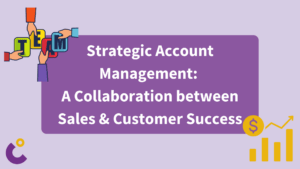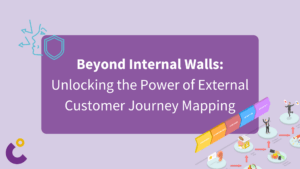
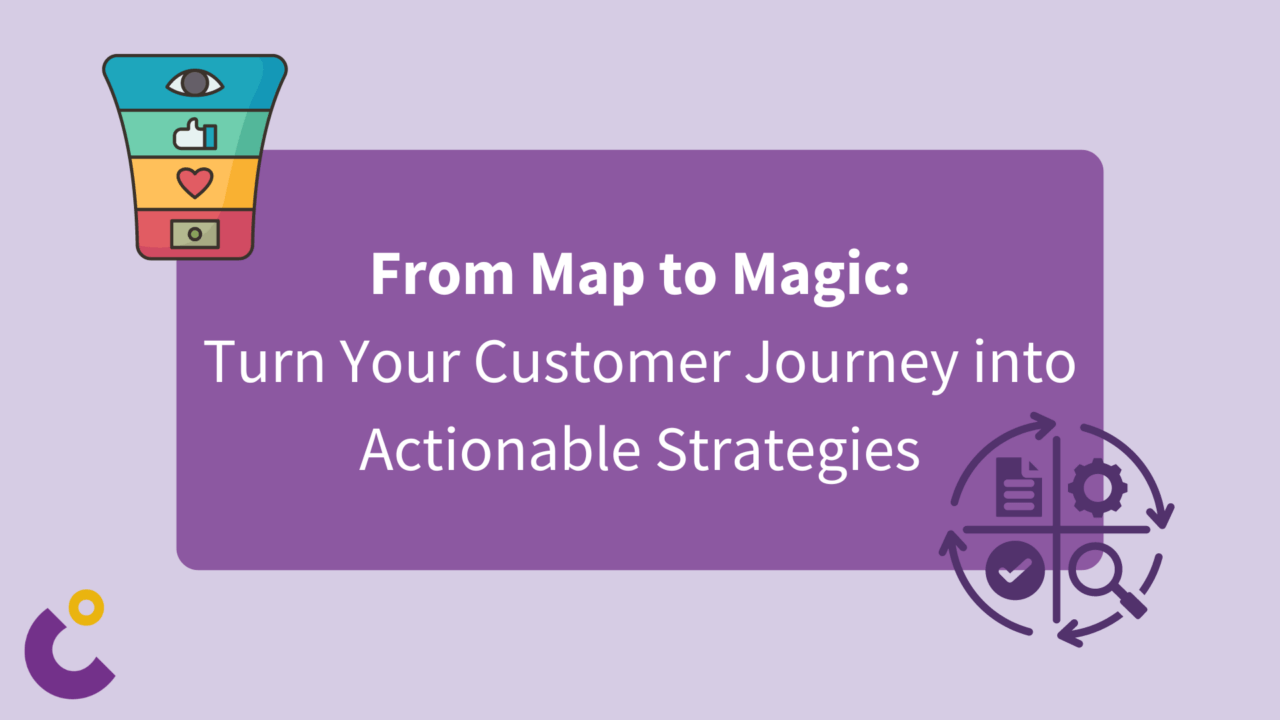
From Map to Magic: Turn Your Customer Journey into Actionable Strategies
Customer journey mapping is a powerful tool for understanding and improving customer experiences. But the real magic happens when you transform it from a static document into a dynamic force for customer-centricity. Dive in as we explore key steps to unlock actionable strategies from your map and elevate your customer experience. In this blog post, we will discuss three key steps to take your customer journey mapping to the next level.
1. Break Down Silos: Turn the Map into Strategy
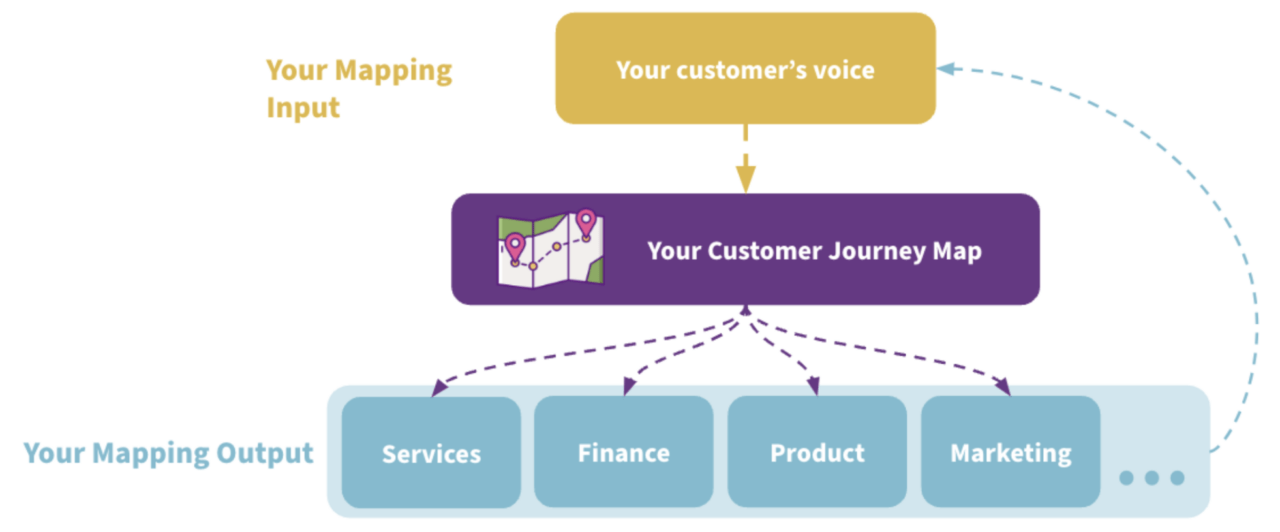
Your CJM holds a wealth of insights, but silos can prevent them from reaching the right eyes. Here’s how to cross-functionally leverage your map:
- Get all teams involved: Marketing sets expectations, Product collects feedback, Finance tackles billing issues. Involve them in map discussions to bridge departmental gaps and build a shared understanding of the customer journey.
- Centralize, but empower: A dedicated owner, often in Customer Success, keeps the map alive. But remember, it’s a collaborative effort. Equip cross-functional teams with access to the map and encourage open communication.
By breaking down silos, you ensure insights flow seamlessly, fueling actionable strategies that truly impact the customer experience. It’s a living document, which is completely iterative in nature and morphs and changes over time as your org and customers do.
2. Playbook Perfection: Turn the Map into Action
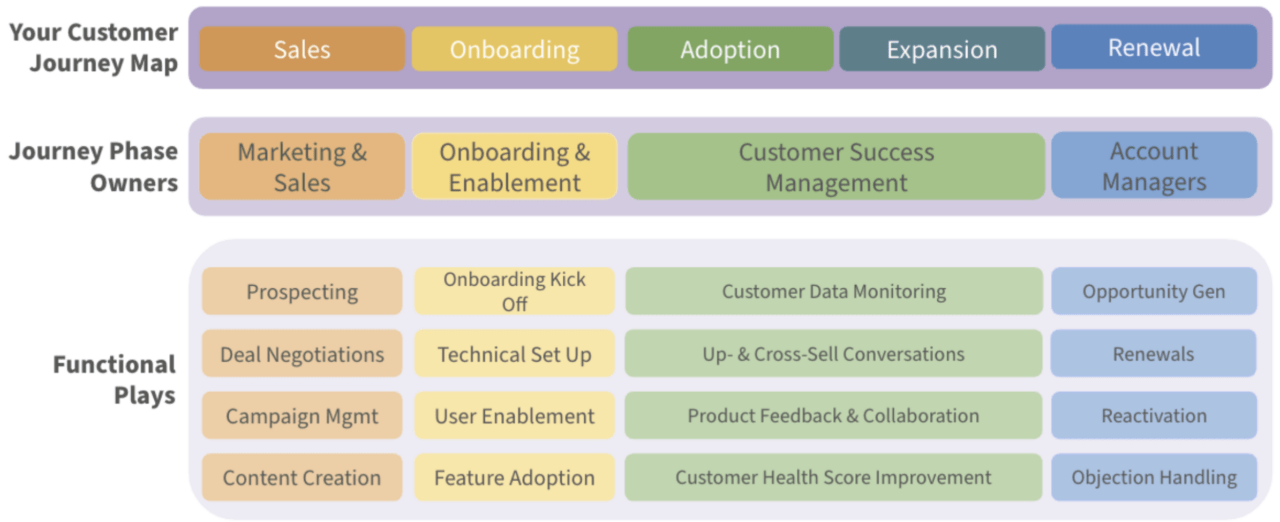
Your CJM shouldn’t just reflect the journey, it should guide it. Here’s how to use it to create customer-centric playbooks:
- Establish a Team Charter: Align your Customer Facing teams around shared values, roles, and responsibilities. This ensures everyone acts in concert with the customer at the heart.
- Segment and Serve: Build a customer segmentation model, defining service levels for each segment. This allows tailored experiences that meet specific needs.
- Form Customer Obsession Teams: Create cross-functional teams dedicated to specific segments, fostering collaboration and deep understanding of those customers.
- Create Actional Playbooks: These playbooks become your action blueprint, ensuring a unified and impactful approach to customer experience across your organization.
3. Measure to Matter: Define Success Metrics
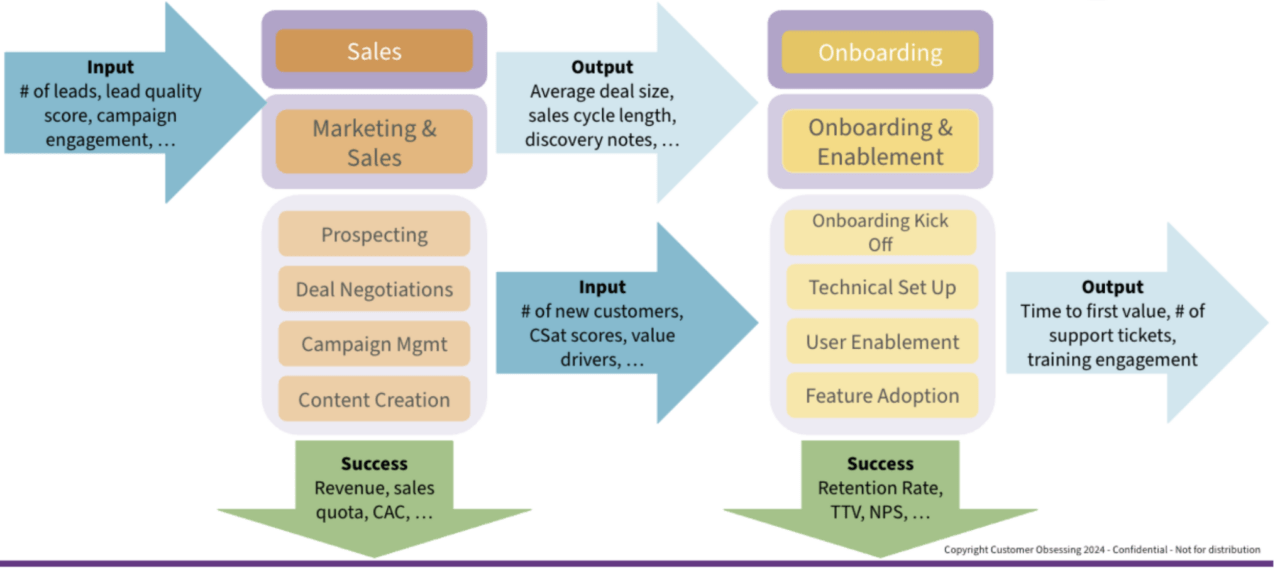
Customer journeys don’t exist in a vacuum. You need to track progress and measure the impact of your efforts. Here’s how to define success metrics:
- Input & Output: Assign clear internal and external metrics to each journey step, owned by specific individuals. This fosters accountability and helps gauge performance.
- Value Drivers: Align customer-facing value drivers with your map. Track how well you’re meeting their expectations and delivering promised value.
- CJM ROI: Use customer sentiment, broken down by journey phase, to assess the effectiveness of your map itself. This data helps you continuously refine and improve it.
Remember, metrics aren’t just numbers – they’re the feedback loop that allows you to course-correct, iterate, and keep your CJM relevant and impactful.
Long story short - Use your CJM as a living document
- Be dynamic: Your map and playbooks are living documents that evolve with your organization and customers. Embrace continuous improvement.
- Empower champions: Create a culture where everyone owns the customer experience, driving change from the bottom up.
- Listen to the voice: Let customer feedback be the fuel that propels your journey mapping efforts.
By following these steps, you can unlock the true potential of your CJM, transforming it from a static map into a magical tool for achieving lasting customer-centricity. Get started today and watch your customer experience soar!
This might also interest you


Beyond Internal Walls: Unlocking the Power of External Customer Journey Mapping
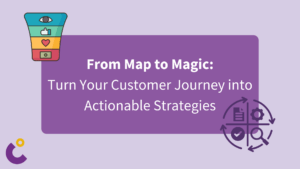
From Map to Magic: Turn Your Customer Journey into Actionable Strategies
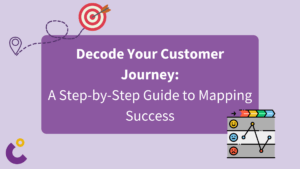
Decode Your Customer Journey: A Step-by-Step Guide to Mapping Success

Beyond the Score: Transforming Net Promoter into a Growth Engine – Net Promoter System

Turn Your Raving Fans into a Sales Force: Using Customer Advocates as Your Reference Pipeline
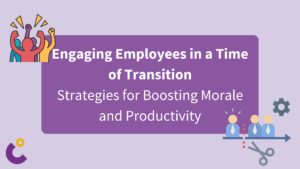
Engaging Employees in a Time of Transition: Strategies for Boosting Morale and Productivity
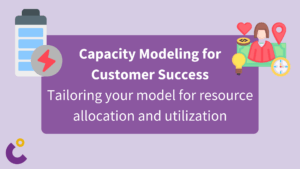
Capacity Modeling for Customer Success
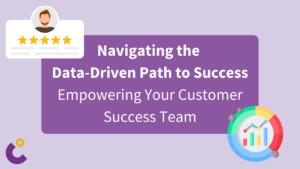
Data Driven Customer Success
